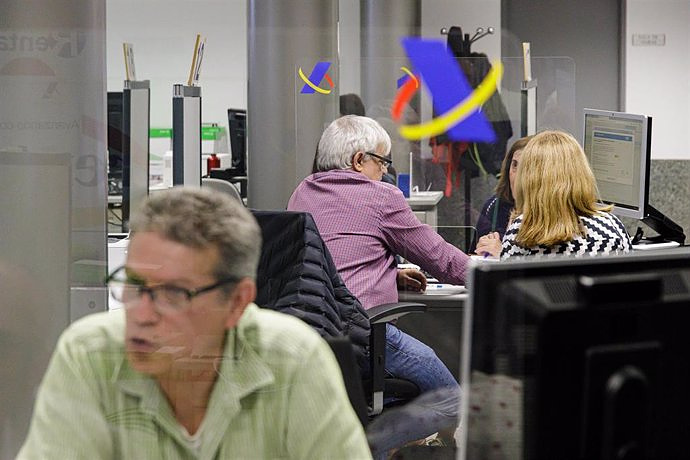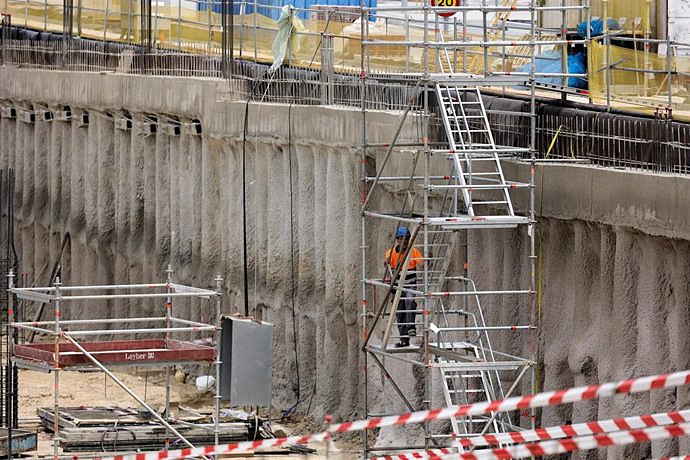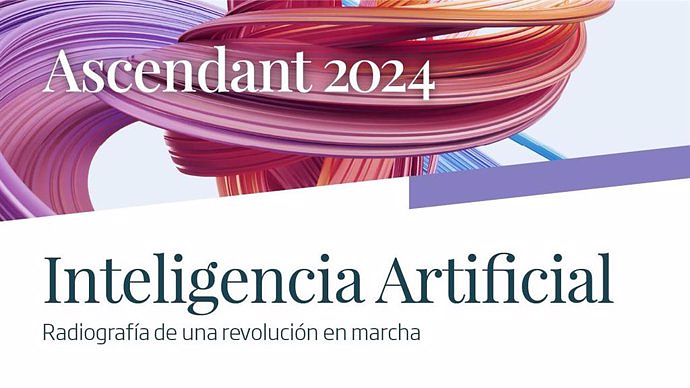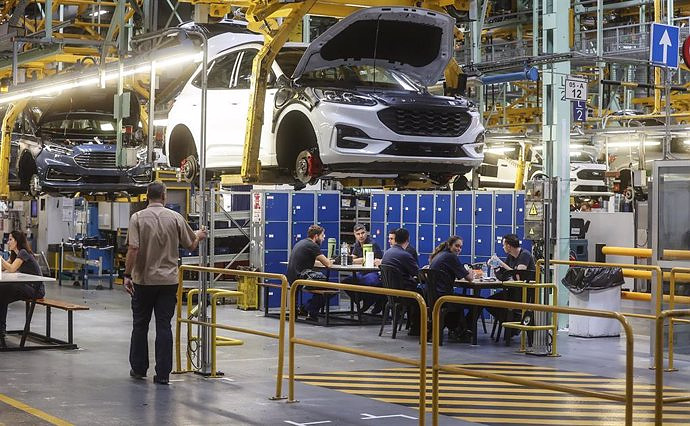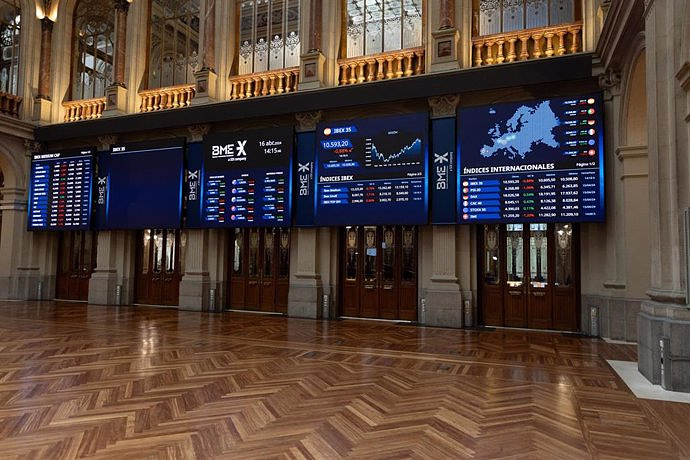"I screwed up. It was coming at 190 km/h," said the driver minutes after the accident, according to a commissioner's account at the trial.
SANTIAGO DE COMPOSTELA, Oct. 25 (EUROPA PRESS) -
The first police officers who intervened in Angrois after the Alvia train accident on July 24, 2013 declared this Tuesday in the trial that they exchanged a few words 'in situ' with the driver, Francisco Garzón, one of the two defendants, and that he they heard talking on the phone on several occasions. According to reports, he "blamed himself" for an "oversight", but complained that "safety" and road signage "was not adequate".
In fact, the commissioner of the Judicial Police of A Coruña --who was in charge of the security of the Fiestas on July 25 and the day before-- has said that he was with the driver the first moments after he was removed from the locomotive. According to his version, Garzón said: "I screwed up. It was coming at 190 kilometers per hour."
During his statement as a witness before Judge Elena Fernández Currás, he explained that he was the first police officer to reach the A Grandeira curve and that the first decisions taken were to "remove all the units" in charge of ensuring security of the Feasts of the Apostle.
The commissioner was there "all night" from 24 to 25 and the next day he was assigned to go to the Multiusos Fontes do Sar to inform the families of the victims of the death of their relatives, when the Scientific Police "confirmed" the identification of the corpse.
Just after the derailment, according to his account, it was an agent from the intervention unit who removed the driver from the convoy and led him to where he was "bleeding from the head and with some injuries", but "walking on his own two feet".
He was with the driver for about "half an hour", although he has not been able to specify it, and "the first thing" he asked him was what had happened. As she has said, she replied: "I screwed her up. She was coming at 190 kilometers an hour." And, despite the fact that he tried to calm him down, because he saw him "very nervous", Garzón replied: "How can I not be worried?"
The policeman recounts that, at that moment, he asked him that question "because you have to put yourself in a situation with everything that is happening there", at the A Grandeira curve, and because "they did not know what had happened". In fact, the first calls to warn of the incident "spoke of an explosion" and in the place "there was a smell of burning and ammonal, an explosive substance."
During the half hour that he was with the commissioner, the driver "had a telephone and at no time was he prevented" from his job, but he does not know who he called and what he talked about.
Another police officer who was with Garzón after the incident, has reported as a witness that the train driver "regretted what had happened" with phrases such as: "My goodness, what I have done." At that time, he added, "he said that he had gotten lost, that he had lost the references and that he thought he was two tunnels before."
He acknowledged that he had "got lost" despite the fact that he made that journey "three times a week". Although the driver "assumed his responsibility" and did not point to more responsible parties, according to this second agent, he also asserted that "one day it would happen", because "there was no signaling" to reduce the signaling before the curve and "that it was rudimentary to base everything on it."
This very thing caught his attention and, as Manuel Alonso Ferrezuelo, a lawyer from the Platform for Victims Alvia 04155, reminded him during the interrogation, during the investigation at the courthouse he declared that he was surprised that on the road "there is no nothing to indicate that you have to slow down" and "that it will all be based on the skill of the driver".
After the incident, Garzón was sitting on a bench until the toilets evacuated him to the Santiago Hospital with two policemen who accompanied him, but not as a detainee.
One of the two agents who escorted Garzón to the car, to transfer him to the health center, told the judge that he saw him "in shock", "sad" and "worried", and that "he spoke without anyone asking him" .
"He told us that he felt guilty, that the fault had been his, that the safety of the track was not adequate for the speed that the train could carry, that everything was in the hands of the driver," insisted the third policeman, to questions of prosecutor Mario Piñeiro.
The driver, according to the statement, stated that "in the curve, in theory, he could go up to 200 kilometers per hour" and that he was "all at the driver's expense." In addition, he blamed "someone from Renfe security" for that call with the inspector minutes before the derailment.
Both before arriving at the car and during the journey, Garzón used his mobile phone and spoke with several people to whom, according to the statement of the agent who listened to him, he replied: "It was me." However, in another of those calls, he had complained about the safety of the road.

 Exploring Cardano: Inner Workings and Advantages of this Cryptocurrency
Exploring Cardano: Inner Workings and Advantages of this Cryptocurrency Seville.- Economy.- Innova.- STSA inaugurates its new painting and sealing hangar in San Pablo, for 18 million
Seville.- Economy.- Innova.- STSA inaugurates its new painting and sealing hangar in San Pablo, for 18 million Innova.- More than 300 volunteers join the Andalucía Compromiso Digital network in one month to facilitate access to ICT
Innova.- More than 300 volunteers join the Andalucía Compromiso Digital network in one month to facilitate access to ICT Innova.-AMP.- Ayesa acquires 51% of Sadiel, which will create new technological engineering products and expand markets
Innova.-AMP.- Ayesa acquires 51% of Sadiel, which will create new technological engineering products and expand markets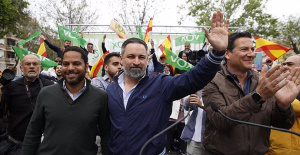 Abascal (Vox) criticizes that Sánchez is "victimizing" himself and calls for elections after his possible resignation
Abascal (Vox) criticizes that Sánchez is "victimizing" himself and calls for elections after his possible resignation Carlos Alcaraz reaches the round of 16 in Madrid without breaking a sweat
Carlos Alcaraz reaches the round of 16 in Madrid without breaking a sweat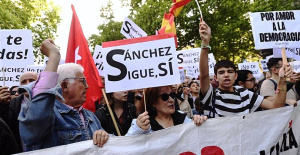 Some 5,000 people demonstrate in front of Congress for democracy, hours before Sánchez's decision
Some 5,000 people demonstrate in front of Congress for democracy, hours before Sánchez's decision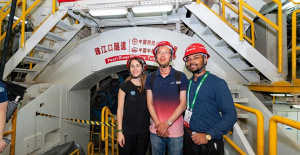 STATEMENT: Intelligent systems used in the construction of the deepest underwater tunnel in China
STATEMENT: Intelligent systems used in the construction of the deepest underwater tunnel in China How Blockchain in being used to shape the future
How Blockchain in being used to shape the future Not just BTC and ETH: Here Are Some More Interesting Coins Worth Focusing on
Not just BTC and ETH: Here Are Some More Interesting Coins Worth Focusing on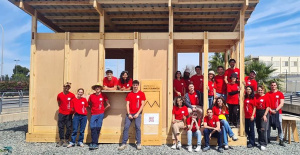 UPV students build a prototype of a wooden house to move to Equatorial Guinea
UPV students build a prototype of a wooden house to move to Equatorial Guinea The UA opens the call for the Impulso 2024 Awards for the best innovative business initiatives
The UA opens the call for the Impulso 2024 Awards for the best innovative business initiatives ALI, virtual assistant from Alicante, internationally recognized by the OECD
ALI, virtual assistant from Alicante, internationally recognized by the OECD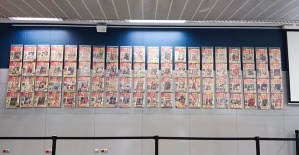 Retrópolis brings the golden age of video games and computing to the UPV
Retrópolis brings the golden age of video games and computing to the UPV A million people demonstrate in France against Macron's pension reform
A million people demonstrate in France against Macron's pension reform Russia launches several missiles against "critical infrastructure" in the city of Zaporizhia
Russia launches several missiles against "critical infrastructure" in the city of Zaporizhia A "procession" remembers the dead of the Calabria shipwreck as bodies continue to wash up on the shore
A "procession" remembers the dead of the Calabria shipwreck as bodies continue to wash up on the shore Prison sentences handed down for three prominent Hong Kong pro-democracy activists
Prison sentences handed down for three prominent Hong Kong pro-democracy activists ETH continues to leave trading platforms, Ethereum balance on exchanges lowest in 3 years
ETH continues to leave trading platforms, Ethereum balance on exchanges lowest in 3 years Investors invest $450 million in Consensys, Ethereum incubator now valued at $7 billion
Investors invest $450 million in Consensys, Ethereum incubator now valued at $7 billion Alchemy Integrates Ethereum L2 Product Starknet to Enhance Web3 Scalability at a Price 100x Lower Than L1 Fees
Alchemy Integrates Ethereum L2 Product Starknet to Enhance Web3 Scalability at a Price 100x Lower Than L1 Fees Mining Report: Bitcoin's Electricity Consumption Declines by 25% in Q1 2022
Mining Report: Bitcoin's Electricity Consumption Declines by 25% in Q1 2022 Oil-to-Bitcoin Mining Firm Crusoe Energy Systems Raised $505 Million
Oil-to-Bitcoin Mining Firm Crusoe Energy Systems Raised $505 Million Microbt reveals the latest Bitcoin mining rigs -- Machines produce up to 126 TH/s with custom 5nm chip design
Microbt reveals the latest Bitcoin mining rigs -- Machines produce up to 126 TH/s with custom 5nm chip design Bitcoin's Mining Difficulty Hits a Lifetime High, With More Than 90% of BTC Supply Issued
Bitcoin's Mining Difficulty Hits a Lifetime High, With More Than 90% of BTC Supply Issued The Biggest Movers are Near, EOS, and RUNE during Friday's Selloff
The Biggest Movers are Near, EOS, and RUNE during Friday's Selloff Global Markets Spooked by a Hawkish Fed and Covid, Stocks and Crypto Gain After Musk Buys Twitter
Global Markets Spooked by a Hawkish Fed and Covid, Stocks and Crypto Gain After Musk Buys Twitter Bitso to offset carbon emissions from the Trading Platform's ERC20, ETH, and BTC Transactions
Bitso to offset carbon emissions from the Trading Platform's ERC20, ETH, and BTC Transactions Draftkings Announces 2022 College Hoops NFT Selection for March Madness
Draftkings Announces 2022 College Hoops NFT Selection for March Madness
